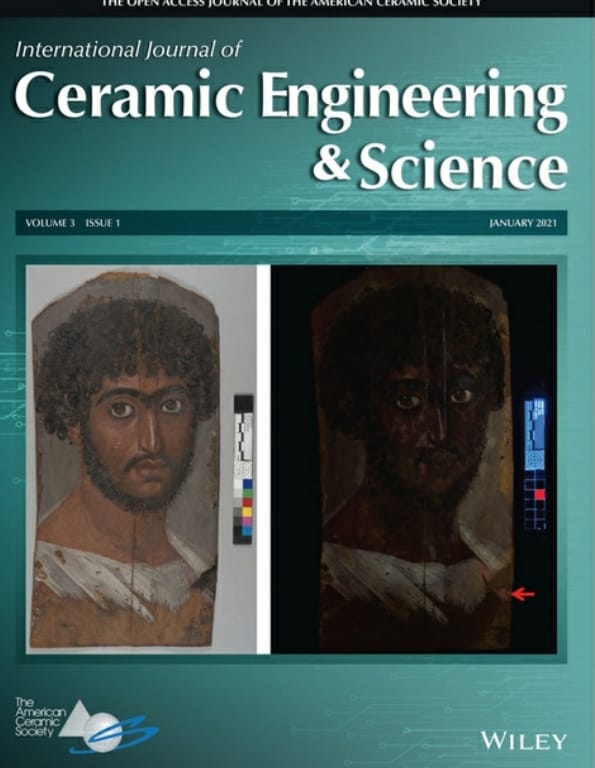
Materials science and cultural antiquities collide in this collaborative research by Advanced Materials Laboratory researchers and conservation scientists at the Walters Art Museum. Very little is known about mummy portraits, a painting on wood of the deceased which was wrapped into the linens that contained a mummified body. A gem-like purple particle, about the width of a human hair, was extracted from the portrait and examined using state of the art technology to identify how it was made and potentially provide insight as to the person’s status. The researchers discovered the purple used in this painting was synthetic, theorized to have been an accidental innovation from the mixing of two different dyes. Other details regarding the mineralogy and elemental composition suggest that the dye was mixed such that it formed a lake pigment exhibiting crystallinity, previously unseen in these types of pigments. The broader impact of this work shows how ancient artworks like these can be examined non-destructively and provide chemical similarities which could link previously unrelated artworks to each other and offer some archaeological context. The research was featured on the cover of the International Journal of Ceramic Engineering and Science and can be read here.